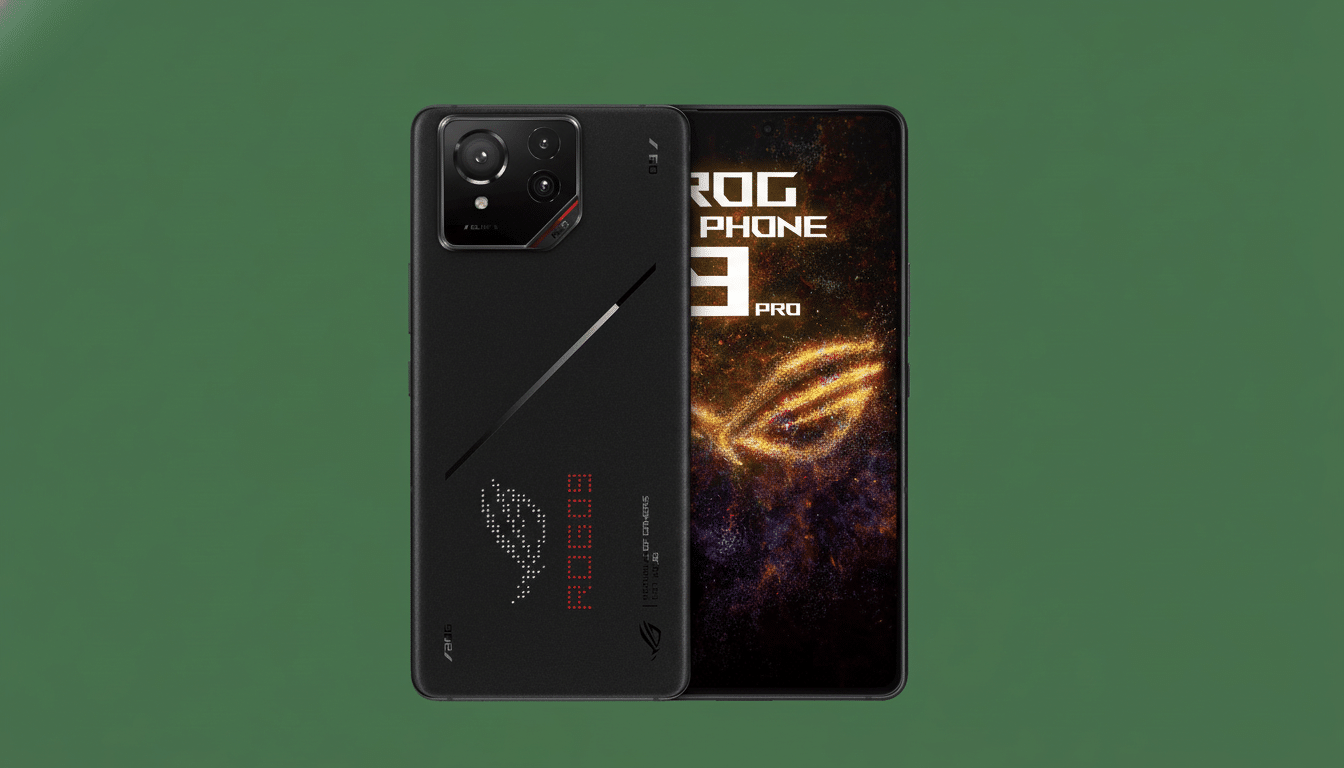ASUS is rolling out the stable Android 16 update to two of its flagships — the ROG Phone 9 and ZenFone 12 Ultra — updating both devices to Google’s newest platform. The firmware is coming in as build 36.0810.1810.43 and rolls out over the air gradually, so it may come later for your specific device serial number.
The company claims the release provides a mix of fixes, new stuff, and polish. The changes from user to user might be different; the goal is always the same: smoother operation, greater safety, and reliability. This is the update that those who have pined after full platform parity between major platforms on ASUS hardware have been waiting for, as this release brings Android 16 support to form factors, with apps being free to target 16 more fully.

What the Android 16 update brings to ASUS flagships
ASUS touts a wide array of upgrades rather than any single “marquee” feature. Strong Android releases also improve standby battery life and do a better job of handling notifications, system animations, and background power management while eliminating edge‑case bugs — the kind that might lead to slightly longer random app start times or sluggish scrolling. Anticipate small gains for responsiveness, more reliable handoffs between networks, and better Bluetooth stability, which are usually high on the list of improvements with a major platform uplift.
Security also steps up. Android 16 introduces improved runtime mitigations and an extended permission model for sensitive data, alongside a refreshed Play system layer that lets us provide updates to key system components on a frequent cadence. For users who install tons of games or jump between work and personal profiles, these under‑the‑hood changes can matter more than visible UI tweaks.
While ASUS hasn’t itemized everything, gaming‑focused hardware like the ROG Phone 9 always tends to gain better scheduler behavior, a more consistent frame pace, and refined touch input handling at an OS level. Previous Android platform releases have led to measurable improvements in microstutter on similar Snapdragon‑based phones, and Google’s tooling for performance profiling is continuing to improve so developers can better tune titles for Android 16.
Rollout details and how to update your ASUS devices
The update is a FOTA staged rollout, which will be delivered over several days. To manually check, go to Settings > System > System updates. If the package is available, make sure your battery has more than half a charge, and connect to reliable Wi‑Fi before you start the download. The installer itself needs a few gigabytes of free storage space, and you will need to restart your phone.
If there’s no sign of the update on your device, don’t fret — ASUS releases in waves based on serial numbers.
A fast reboot or wiping the system update cache can occasionally push the check along. Power users who are not afraid of getting their hands dirty can keep an eye on ASUS support channels for the complete software image once it is made available.

Why ROG and ZenFone owners should care about Android 16
The ROG Phone 9 is all about keeping performance consistent under load. Platform‑level enhancements to thread scheduling and memory management can also hold peak performance for longer during marathon gaming sessions — this is vital, particularly in shooters and MOBAs where frame‑time spikes make or break competitive gameplay. ASUS’s game utilities (including performance profiles and overlay controls) usually become more stable along with OS updates.
Those using the ZenFone 12 Ultra should similarly enjoy quality‑of‑life improvements in their camera, connectivity, and battery life. Camera HAL improvements in various updates reduce shutter lag. Corruption when capturing in low light is fixed, front camera capture performance has been improved, and more reliable video rotation provides better stability. And look for tighter 5G and Wi‑Fi roaming behavior — places where Google and the chipset vendors have been polishing their act with each release.
ASUS update cadence in context of Android 16 rollout
Android rollouts are still uneven throughout the industry; independent trackers and researchers like Counterpoint Research and StatCounter repeatedly show that it takes time for new versions to travel beyond first‑party devices. Put in that context, ASUS bumping two of its latest flagships to Android 16 within the same time frame is more or less a sign of a mature software pipeline. Google’s work on both modularity and the common kernel (GKI) as well as Qualcomm’s platform enablement have also made it easier for OEMs to deliver major upgrades faster with fewer regressions.
ASUS has been quickening the pace of its updates generation by generation for a bit now, but it still lags behind brands with longer support tails. For buyers, today’s announcement is good news; it gives reassurance that both performance‑centric and photography‑centric ASUS phones are at the moment getting updated in line with Google’s direction for their platform.
Before you install: backup and tips for a smooth update
Before installing any big update, back up your photos, messages, and game saves, either to the cloud or to a local drive. Although there might be a slight battery dip and some building of heat during the first day or so after upgrading due to re‑indexing and re‑optimization, this is transient. If you have specific peripherals, like gamepads or DACs, give them a test and report any issues to ASUS Support so that fixes can be prioritized in future patches.
Bottom line: Android 16 on the ROG Phone 9 and ZenFone 12 Ultra is a significant step, as it brings Google’s freshest platform release alongside ASUS’s device‑level tuning.
Look out for build 36.0810.1810.43, get that onto your device when it becomes available, and you should find everything feeling a bit more stable — and secure — than before.

